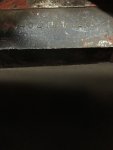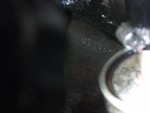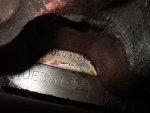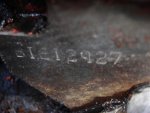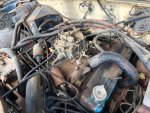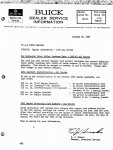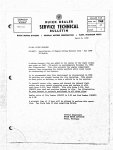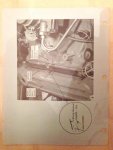Hey All,
Researching a Buick V8 that's was retrofitted into a '66 Jeep Super Wagoneer (would have had an AMC 327 4-barrel OE) in the very distant past. The engine Code is PP-322 and the engine number is 187111695. I know from your references here that PP is a '68 350 4-barrel. I don't know what the "322" suffix means. There was a faint hope that this was an experimental installation done by Kaiser Jeep (it's a VERY early production '66 Super) but that engine code kinda discounts that idea, as you would thing it would be an earlier engine, perhaps with experimental or KJ markings. Is there anything to be learned from that "325" or the 18711695? That 350 looks to be a pretty potent engine and it fits in the Wagoneer engine compartment very nicely.. as did the 2-barrel 350s that were installed for a couple of years starting in 1968. Many thanks and apologies for the Jeep subject matter.
.
Jim Allen
Researching a Buick V8 that's was retrofitted into a '66 Jeep Super Wagoneer (would have had an AMC 327 4-barrel OE) in the very distant past. The engine Code is PP-322 and the engine number is 187111695. I know from your references here that PP is a '68 350 4-barrel. I don't know what the "322" suffix means. There was a faint hope that this was an experimental installation done by Kaiser Jeep (it's a VERY early production '66 Super) but that engine code kinda discounts that idea, as you would thing it would be an earlier engine, perhaps with experimental or KJ markings. Is there anything to be learned from that "325" or the 18711695? That 350 looks to be a pretty potent engine and it fits in the Wagoneer engine compartment very nicely.. as did the 2-barrel 350s that were installed for a couple of years starting in 1968. Many thanks and apologies for the Jeep subject matter.
.
Jim Allen



